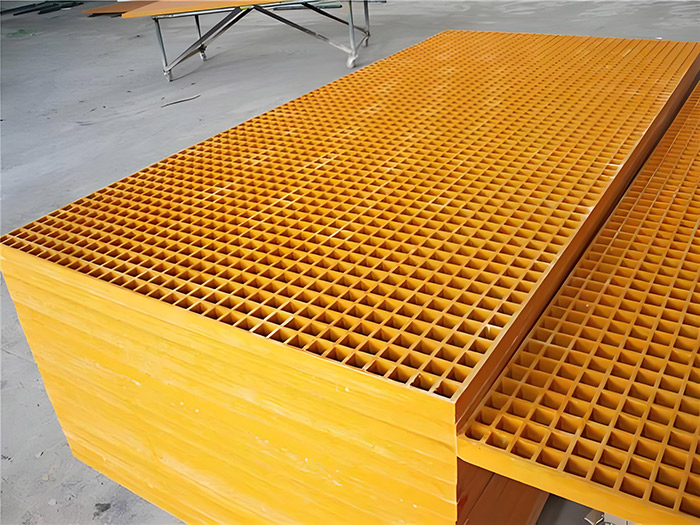FRP Structural Components: Enhancing Strength and Durability in Modern Construction
In modern construction, the demand for materials that combine strength, durability, and versatility has never been higher. Traditional materials like steel and concrete, while reliable, often come with limitations such as weight, corrosion susceptibility, and maintenance costs. Fiber-Reinforced Polymer (FRP) structural components have emerged as a superior alternative, offering innovative solutions to these challenges. But what exactly are FRPs, and how do they enhance the performance of structures?
What Are FRP Structural Components?

FRP materials consist of a polymer matrix (such as epoxy or polyester) reinforced with fibers, typically carbon, glass, or aramid. These fibers provide exceptional tensile strength while the polymer matrix offers flexibility and resistance to environmental factors. Unlike conventional materials, FRPs are lightweight yet incredibly strong, making them ideal for a wide range of structural applications.
Key Benefits of FRP Components
One of the primary advantages of FRP components is their high strength-to-weight ratio. This property allows engineers to design lighter structures without compromising on load-bearing capacity. Additionally, FRPs exhibit superior corrosion resistance, making them perfect for marine, industrial, and infrastructure applications where traditional materials would degrade over time.
Another critical benefit is durability. FRPs do not rust, rot, or decay, ensuring long-term structural integrity. They also have excellent chemical resistance, making them suitable for environments exposed to harsh substances. Furthermore, FRPs can be molded into complex shapes, offering design flexibility that traditional materials cannot match.
Addressing Common Questions About FRP
Question 1: Are FRP Components Cost-Effective?
Initially, FRPs may seem more expensive than conventional materials. However, their extended lifespan, reduced maintenance requirements, and lighter weight lead to long-term cost savings. Studies show that while upfront costs are higher, the overall lifecycle cost of FRP structures is often lower.
Question 2: How Do FRPs Perform in Seismic Zones?
FRPs are highly effective in seismic applications due to their flexibility and ability to absorb energy without fracturing. Their lightweight nature also reduces the load on foundations, making them ideal for retrofitting older buildings in high-risk areas.
Question 3: Can FRPs Be Recycled?
While FRPs are not as easily recyclable as traditional materials, advancements in technology are improving their end-of-life management. Some manufacturers are developing processes to repurpose FRP waste into new products, reducing environmental impact.
Real-World Applications of FRP Structural Components
FRPs are used in a variety of industries, from bridge construction to offshore wind turbines. For instance, FRP deck slabs can replace concrete in bridges, reducing weight and preventing corrosion. In the wind energy sector, FRP blades offer better durability and efficiency compared to fiberglass alternatives.
Another innovative application is in building retrofitting. Aging infrastructure can be strengthened with FRP composites without significant disruption, extending service life and improving safety.
Sharing Insights: Why FRPs Are the Future of Construction
As sustainability becomes a cornerstone of modern construction, FRPs offer a promising solution. Their eco-friendly production (compared to energy-intensive steel manufacturing) and long lifespan make them a responsible choice. Moreover, the ability to customize FRPs for specific applications ensures optimal performance across different environments.
If you’re involved in construction or engineering, exploring FRP options could revolutionize your projects. The material’s versatility, combined with its ability to enhance both strength and durability, positions it as a key player in the industry’s future.
In conclusion, FRP structural components are transforming modern construction by providing superior performance without the drawbacks of traditional materials. Whether for new builds or retrofits, FRPs offer a sustainable, efficient, and innovative solution for the challenges of today’s built environment.







